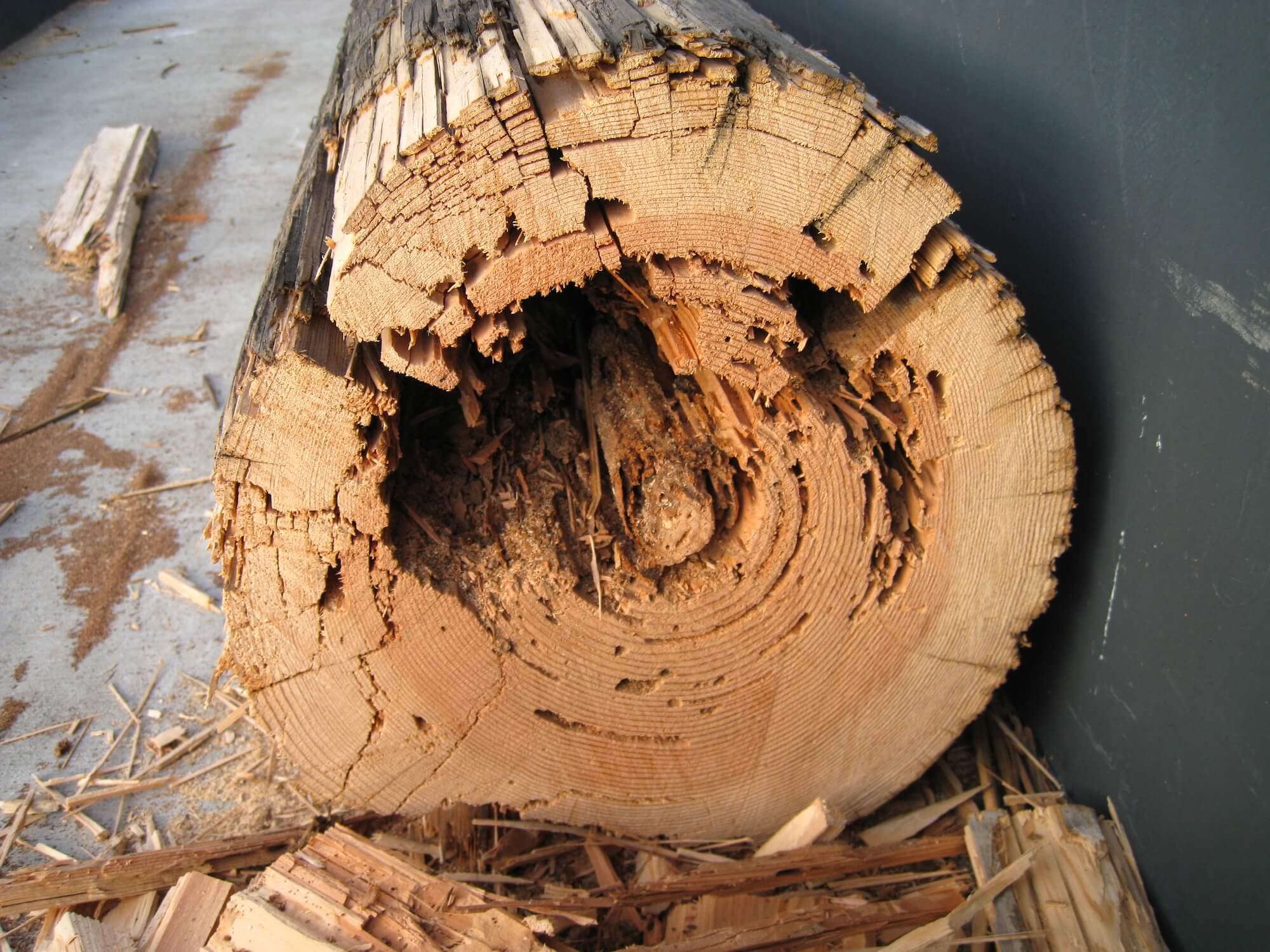The adoption of water-based copper wood preservatives in some South American countries to safeguard wooden utility poles against decay is prompting a potential departure from wood towards alternative pole materials. This shift, observed in Europe, has resulted in a decline of approximately four hundred thousand wooden pole sales annually over the past few years.

European nations like Turkey have recently transitioned entirely from wood to steel for power distribution poles, and Spain, France, and Italy have witnessed a shift from wooden poles to composite and steel alternatives.
This trend extends beyond Europe, as other European utilities are actively exploring alternative pole materials, conducting trials for selected installations where long life and network resilience are crucial. Concurrently, some utilities are opting for increased undergrounding of cables.
Utilities utilising water-based copper wood preservative-protected poles face multiple challenges concerning wooden utility poles. The primary concern revolves around their perceived shorter lifespan, typically lasting 20 years or less when compared to engineered poles made from composites, concrete, and steel.
Instances of premature wooden pole failures have raised safety and reliability concerns. While initial pole purchase costs are often compared, a comprehensive evaluation reveals that the annualized cost of wooden poles frequently exceeds that of alternative materials when considering shorter service life and the subsequent increase in pole replacement costs.
From an environmental standpoint, wooden poles are viewed as having a low impact compared to alternatives. However, this factor tends to carry a lower priority in the decision-making process for utilities compared to safety and reliability requirements. Increasing apprehension about disposal costs and potential legislative changes affecting the end-of-life disposal of treated wooden poles are driving the adoption of long-life engineered poles in the European pole market.



To effectively address these challenges and offer a competitive and sustainable solution, the wooden pole industry may consider providing utilities with an option for enhanced lifespan wooden poles. This can be achieved by incorporating established, proven, and tested total ground line barrier sleeves, offering several key advantages:
In a critical juncture for some of the South American pole industry, the traditional reliance on wooden utility poles faces increasing challenges. A transformative shift towards innovative solutions has the potential not only to meet utility demands but also to establish wood as the unparalleled material choice, revitalising the market for wooden power and telecom poles. This forward-thinking approach not only addresses immediate challenges but also ensures the future sustainability of the wooden utility pole industry in South America.
Get in touch to find out more about Polesaver’s total ground line barrier sleeve or request independent test data.


